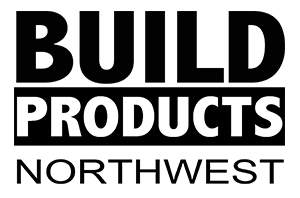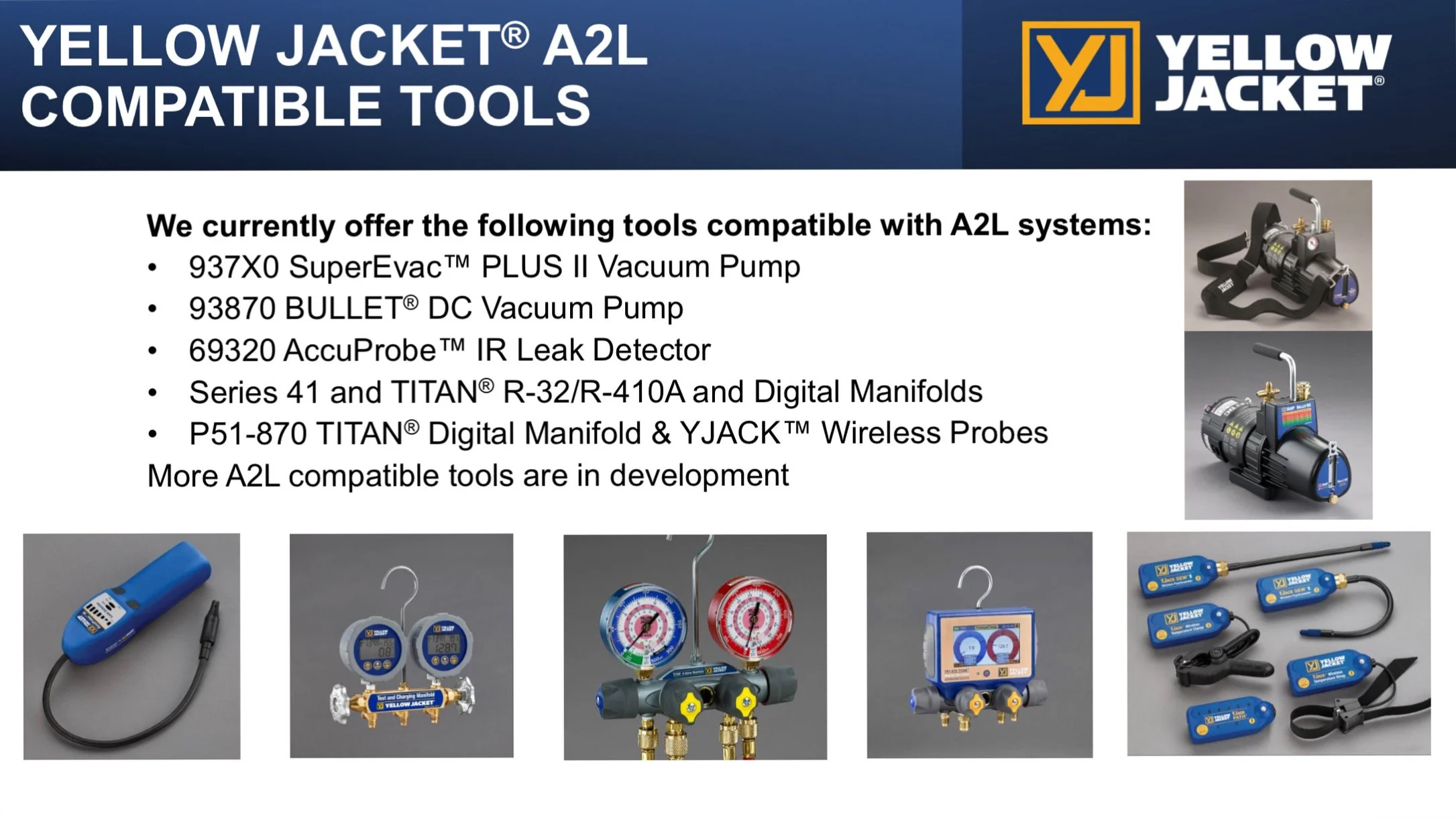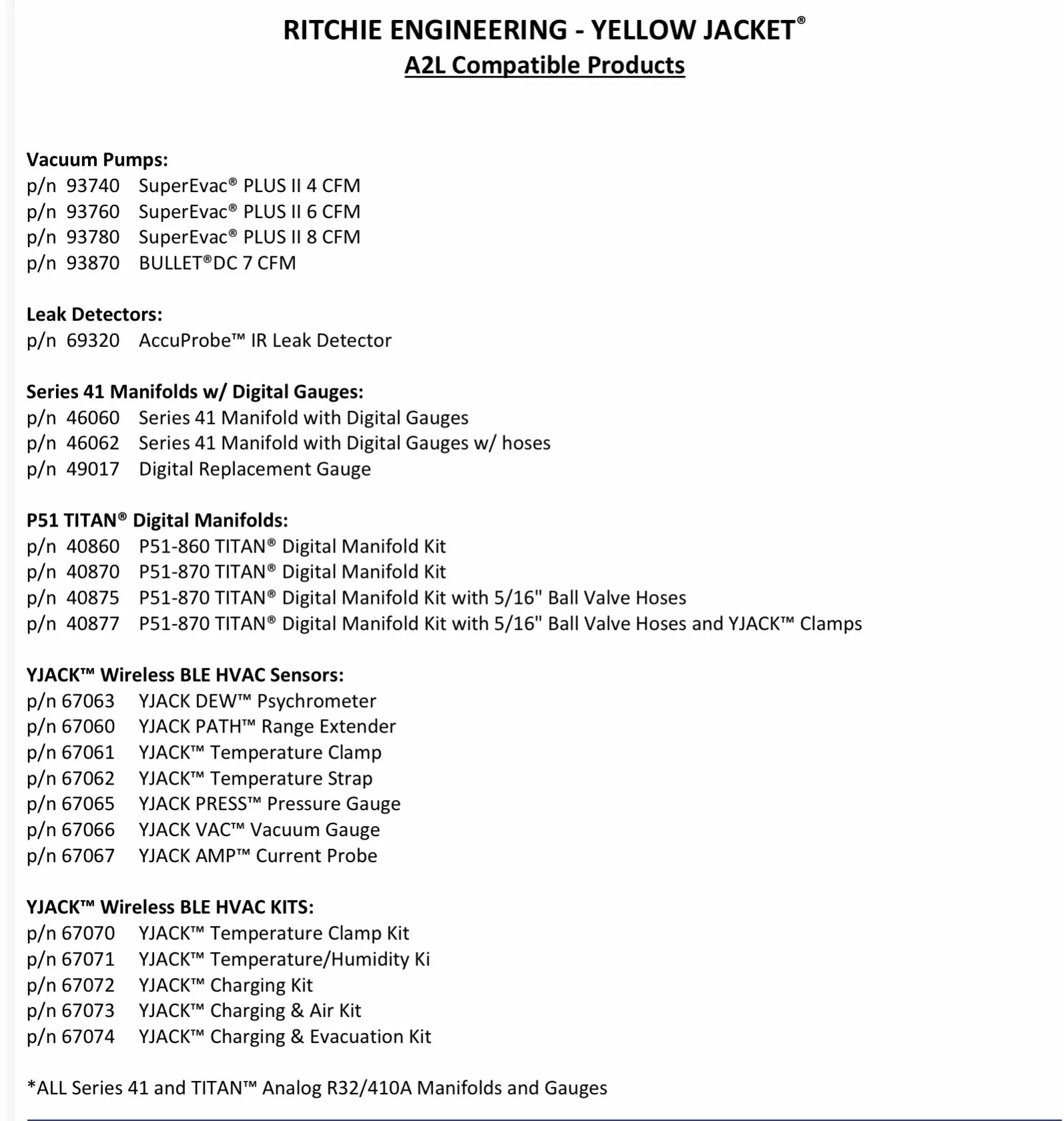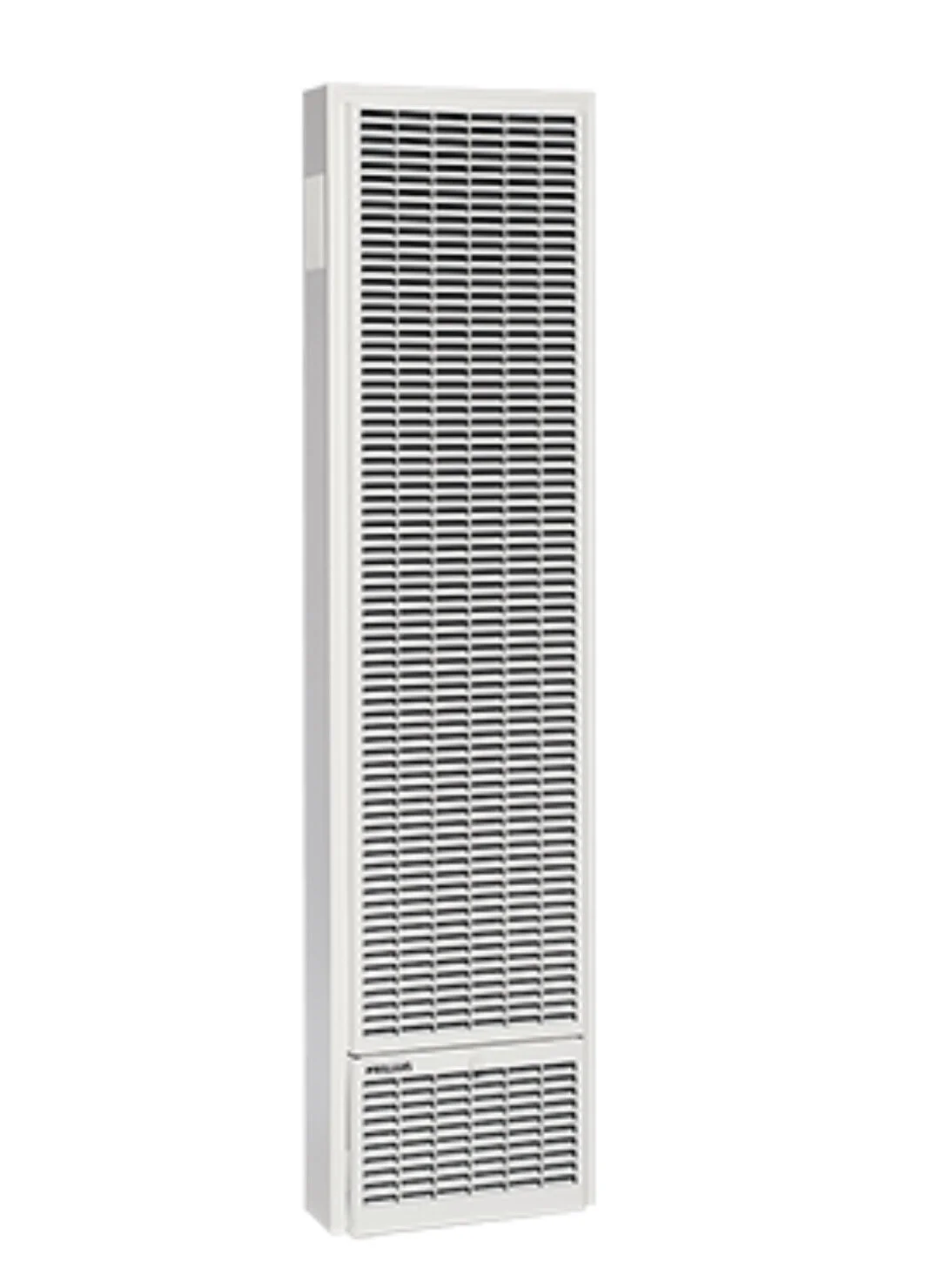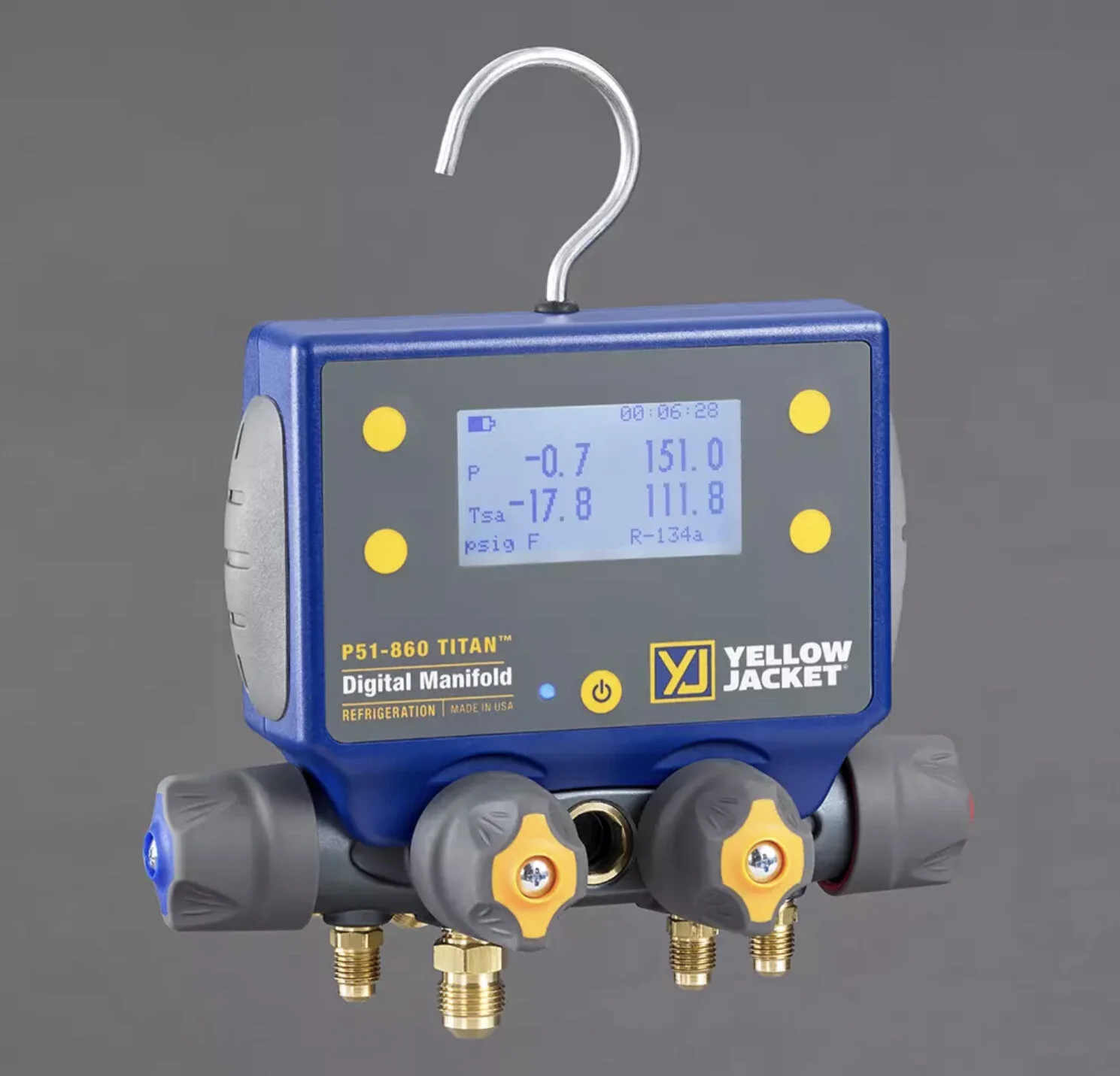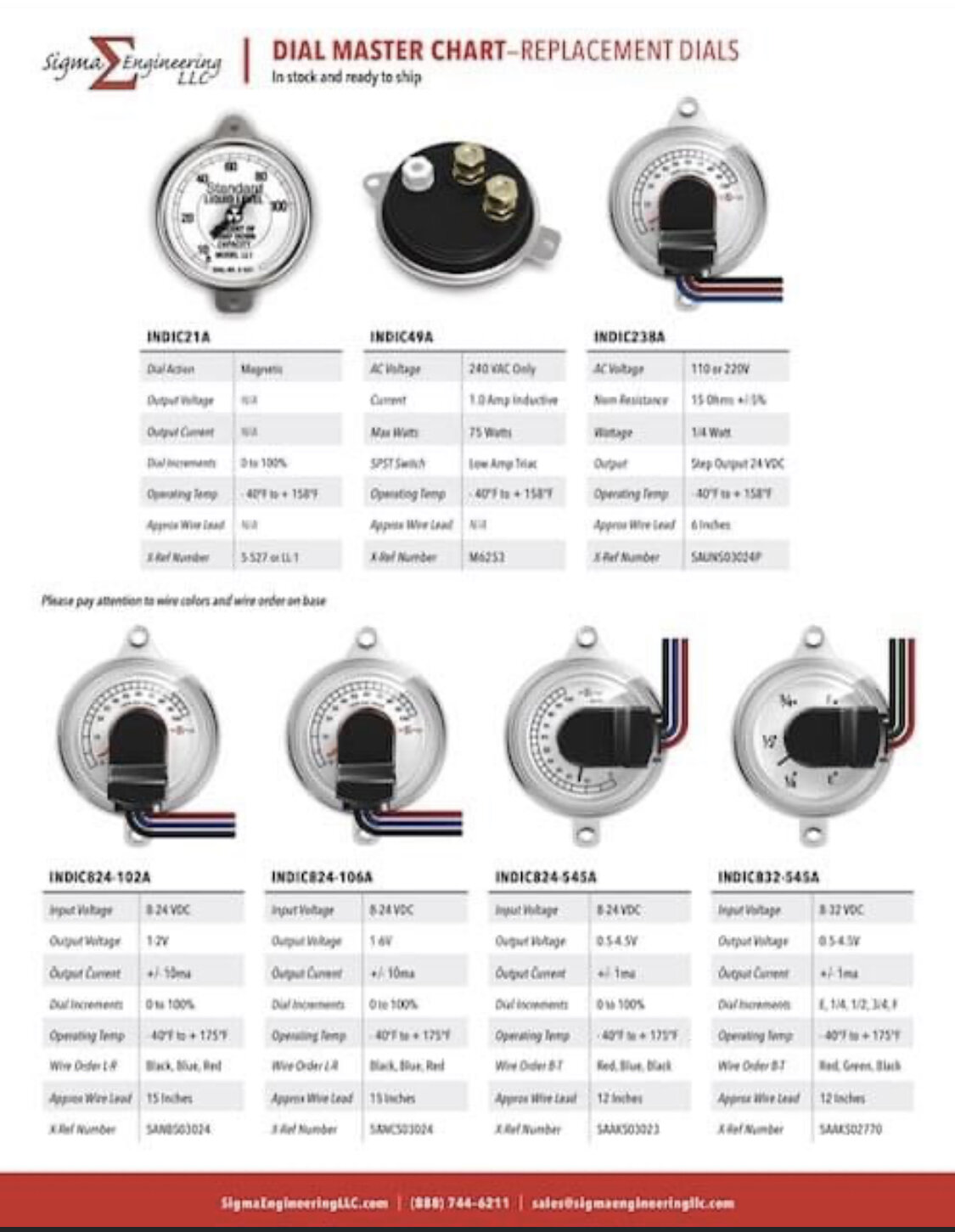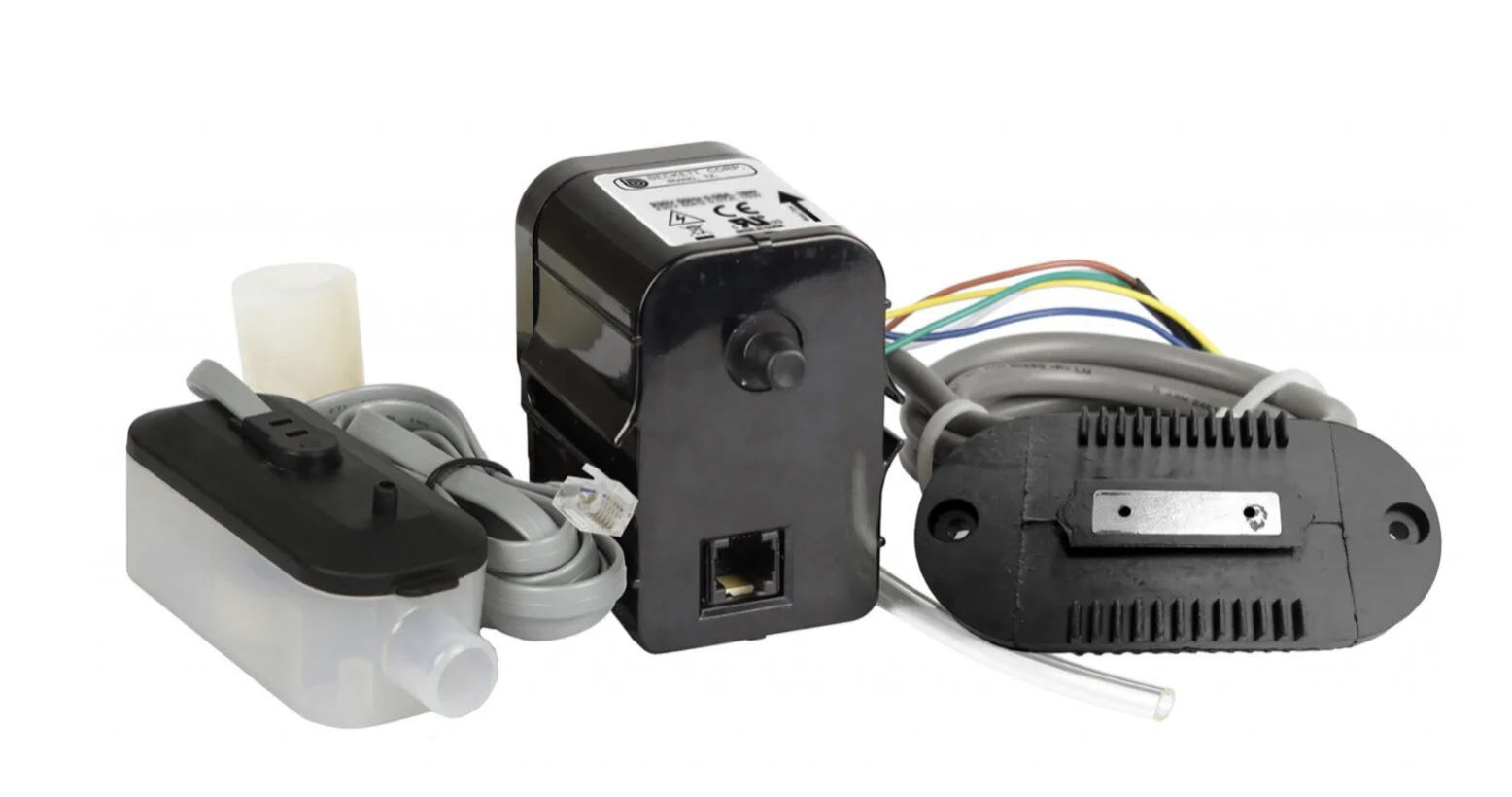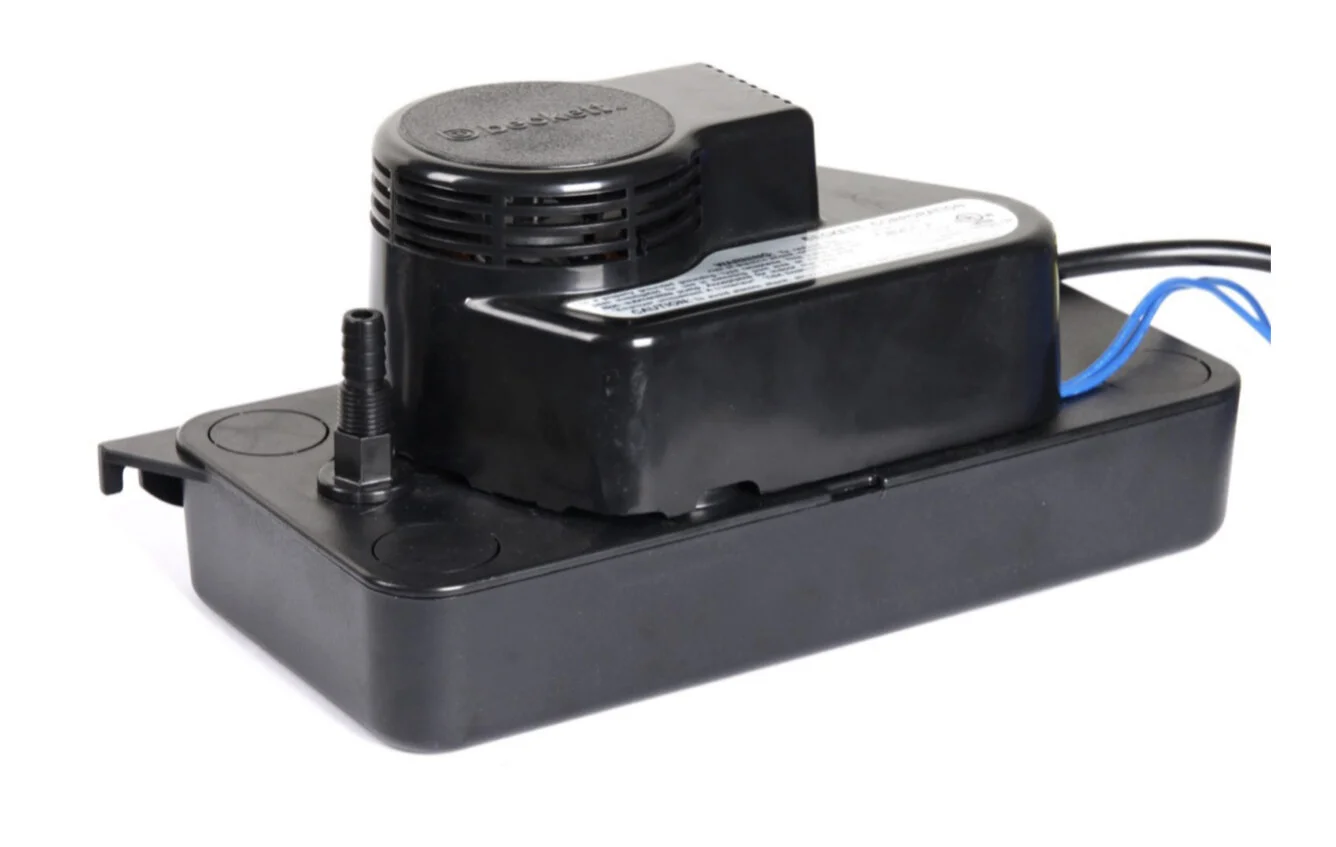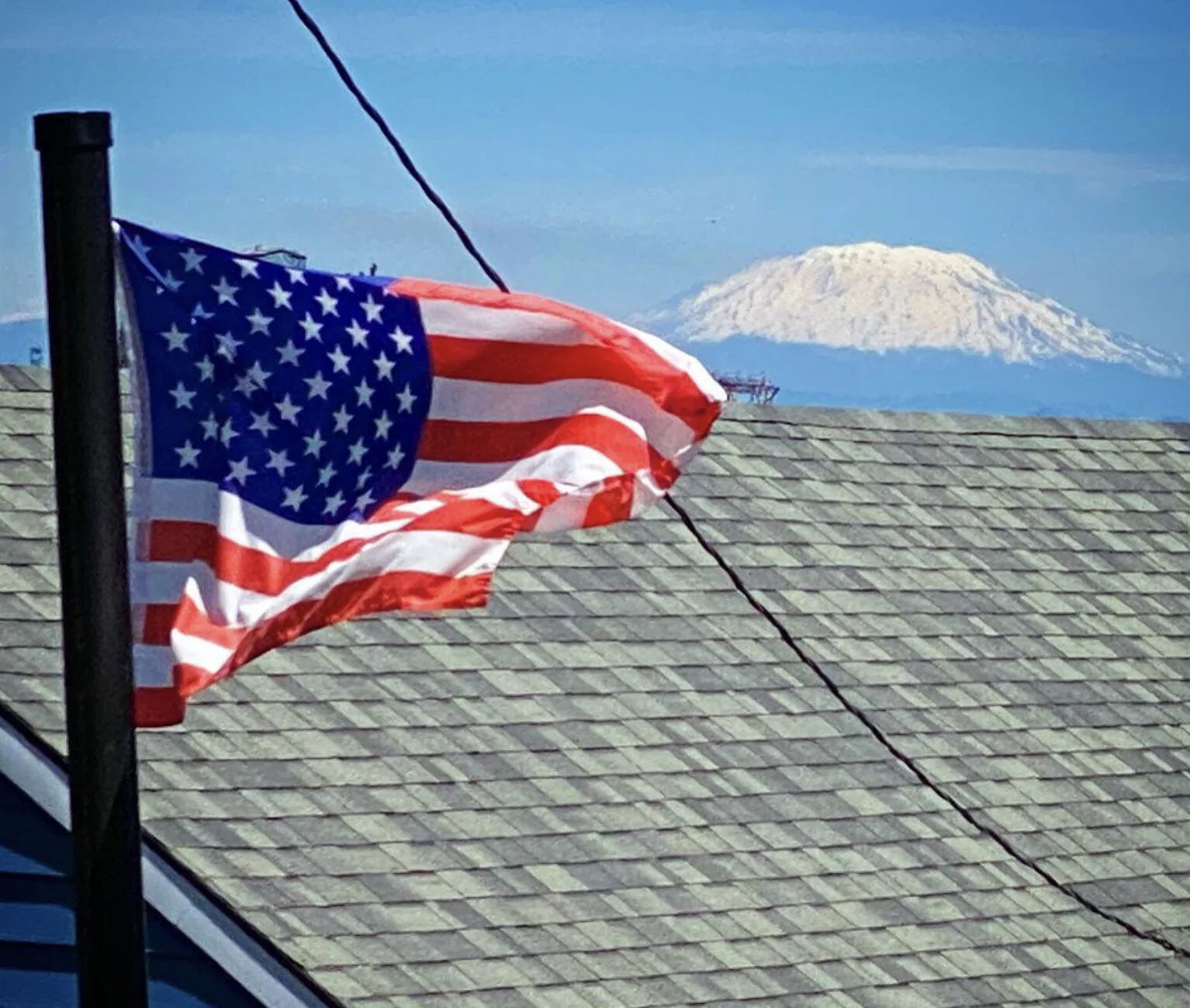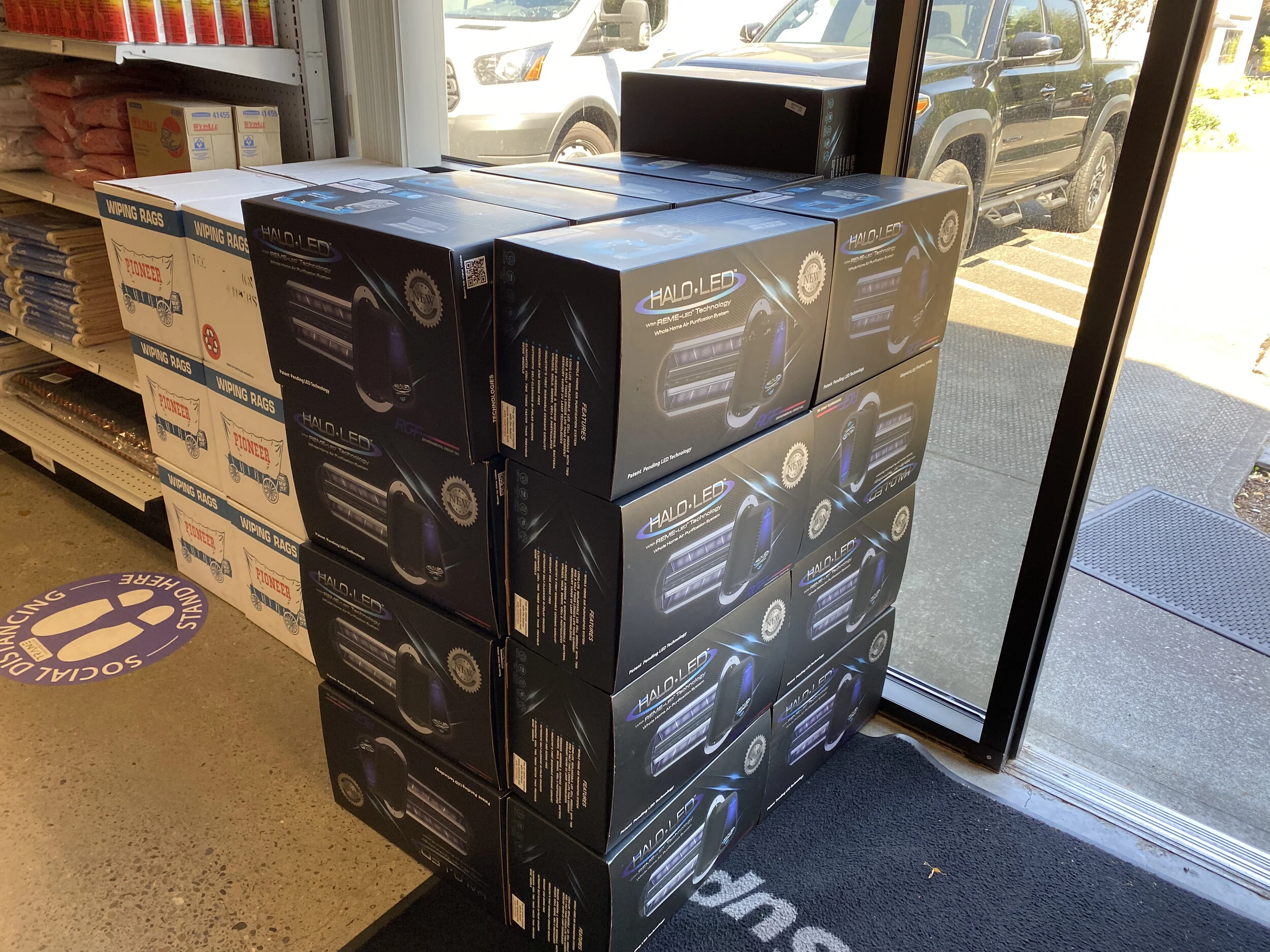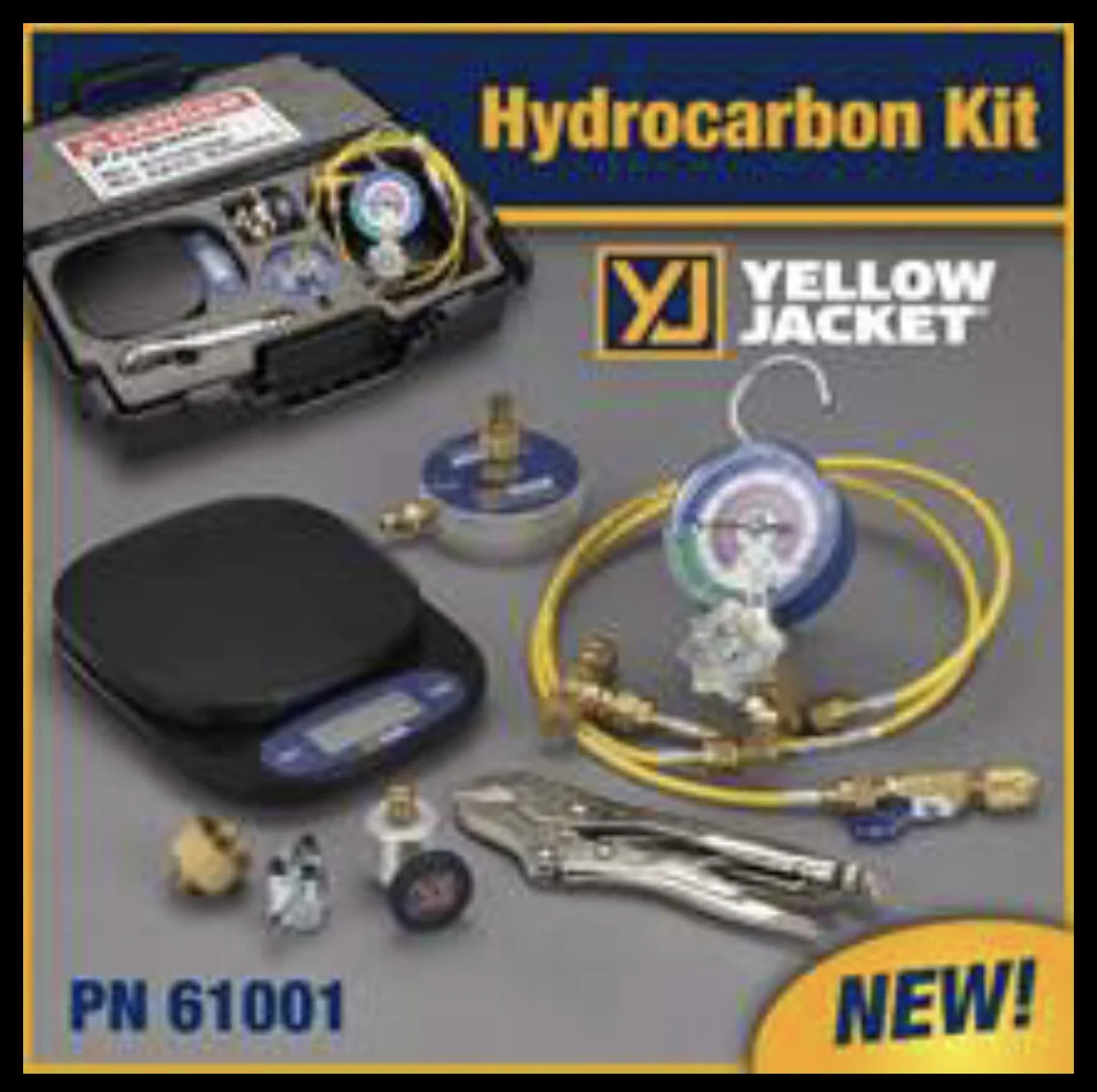WHAT IS BRAZING & BRAZING DEFINED
Brazing is defined by the American Welding Society as a group of joining processes that produces a coalescence of materials by heating them to the brazing temperature and by using a filler metal (solder) having a liquidus above 840°F (450°C), and below the solidus of the base metals.
The very basics of brazing are defined by the joining of metals through the use of heat and a filler metal—one whose melting temperature is above 840°F (450°C) but below the melting point of the metals being joined.
Another common term is “silver brazing” because silver alloy is commonly a filler metal used in brazing. Torch brazing with a silver-bearing filler metal is the most common application of brazing, and many of the advantages and disadvantages below will be listed as such. Where exceptions occur, it will be noted.
Advantages Of Brazing
Brazing is probably the most versatile method of metal joining today, for a number of reasons:
Brazed joints are strong: On nonferrous metals and steels, the tensile strength of a properly made joint will often exceed that of the metals joined. On stainless steels, it is possible to develop a joint whose tensile strength is 130,000 pounds per square inch. (896.3 megapascal [MPa]).
Brazed joints are ductile: able to withstand considerable shock and vibration.
Brazed joints are usually easy and rapidly made: Operator skill is readily acquired.
Brazing is ideally suited to the joining of dissimilar metals: You can easily join assemblies that combine ferrous with nonferrous metals, and metals with widely varying melting points. Brazing is essentially a one-operation process. There is seldom any need for grinding, filing or mechanical finishing after the joint is completed.
Brazing is performed at relatively low temperatures: Reducing the possibility of warping, overheating or melting the metals being joined.
Brazing is economical: The cost per-joint compares quite favorably with joints made by other metal joining methods.
Brazing is highly adaptable to automated methods: The flexibility of the brazing process enables you to match your production techniques very closely to your production requirements. With all its advantages, brazing is still only one of the ways in which you can join metals. To use brazing properly, you must understand its relationship to other metal jointing methods. What are some of those methods and which should you use where?
Disadvantages Of Brazing
Brazing, as we’ve noted, relies on heat and a filler metal to join metals.
There is nothing unique about this. Welding and soldering are similar in these respects. And metals can also be joined efficiently and economically without the need for heat or a filler metal at all, by mechanical fastening or adhesive bonding. When would you use brazing, rather than one of these other methods? It depends on the circumstances.
Let’s start our evaluation of brazing as a metal joining method by eliminating those situations were brazing is generally unsuitable.
The first of these situations is the non-permanent joint. This is the joint that’s made with future disassembly in mind. (For example—a pump connected to a piping assembly.) The pipes won’t wear out—but some day the pump will. It’s easier to disassemble a threaded or bolted pump connection than a brazed connection.
(You can “de-braze” a brazed joint if you have to, but why plan on it?) For the typical non-permanent joint, mechanical fastening is usually the most practical method.
There’s another kind of joint where brazing will likely be your last, rather than your first, consideration. And that is the permanent, but low-strength joint. If you’re joining metal assemblies that won’t be subjected too much stress or strain, there are frequently more economical ways to join them than by brazing. (Mechanical fastening, for example, or soft soldering or adhesive bonding.) If you are selecting a method to seal the seams of tin cans, there is nothing to stop you from brazing.
Yet soft-soldering would be perfectly adequate for this low-stress type of bond. And soft-soldering is generally less expensive than brazing. In these two areas—the nonpermanent joint and the permanent but low-strength joint—other joining methods are adequate for the job and usually more economical than brazing.
Learn How to Braze Safely & Effectively
Now that you understand the value of a brazed joint, be sure to review our other resources for more information on brazing best practices. If you are looking to learn more about brazing, review our Brazing Fundamentals: How to Braze in Six Steps, or look to our Braze School Trainings for the right course for you.
